How does a business-minded individual conquer the other side of the Atlantic? For Enzo Ferrari, no market research was required, nor were prospective buyers asked what they wanted. He simply built a beautiful and impossibly luxurious car with a powerful V12 engine, showing the Americans how convincingly his machines could transition from the race track to the road. Originally, the Ferrari 500 Superfast was to be called the Superamerica, like its predecessor, the 400. But just before its reveal at Geneva in 1964, the elegant coupé — whose graceful and aerodynamic form was inspired by Pininfarina’s previous ‘Superfast’ design studies — was renamed. It was not only the most beautiful Gran Turismo available at the time, but with its 12-cylinder engine developing some 400bhp, it was also the fastest.


Like Germany and Italy, the United States experienced an economic boom in the 1950s, which sparked an insatiable appetite for luxury cars. By 1956, the year in which the 250 GT ‘Tour de France’ left the factory in Maranello, Enzo Ferrari had already commissioned the 410 Superamerica for the growing new market — although, not in association with its well-established design partner Pininfarina, but with Carrozzeria Ghia instead. The Turin-based studio’s stylists modelled extravagant fins on the tail of the coupé, unmistakeably inspired by the popular jet age designers in Detroit. By comparison, the body of the 500 Superfast is subtle — a model in Italian elegance.
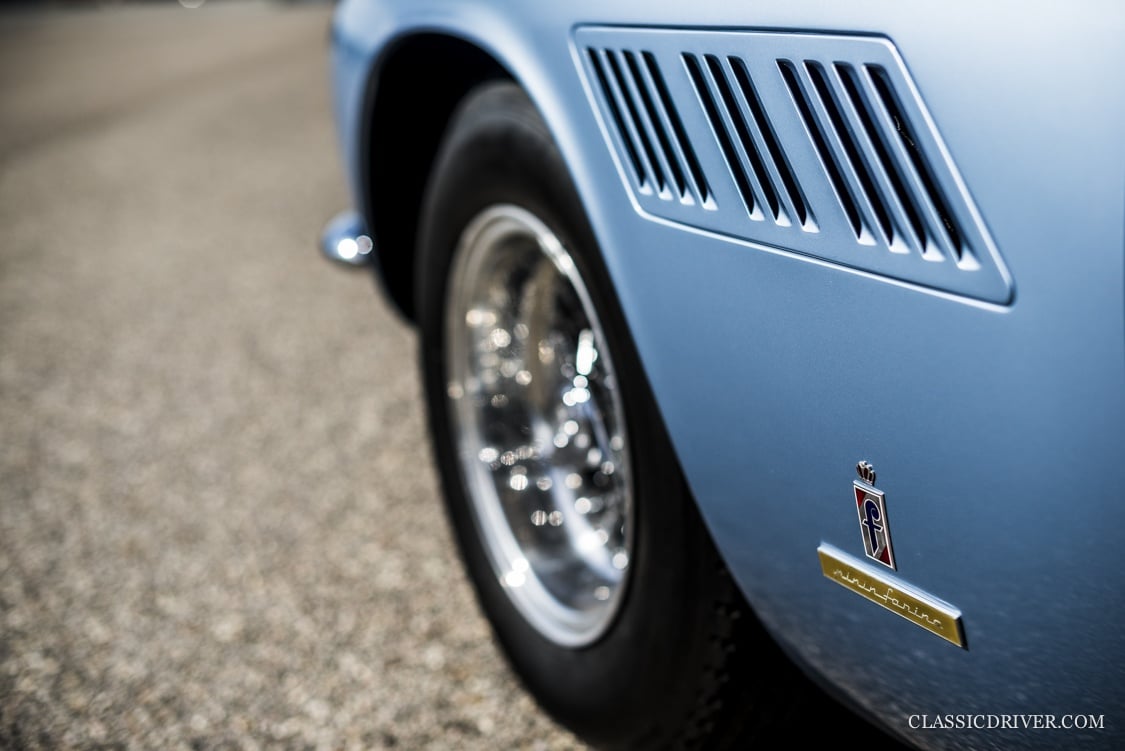

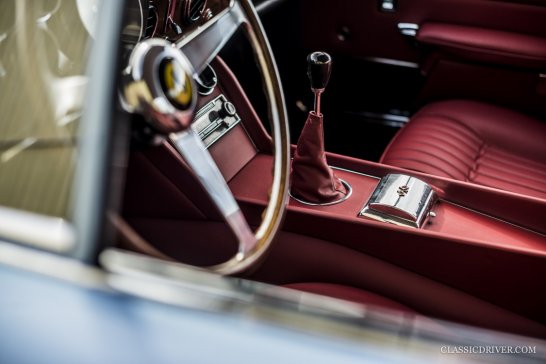
From the narrow grille, bordered by open headlights, the Superfast’s silhouette traces a long, sinewy arc to the truncated tail, itself aerodynamically optimised in line with the marque’s competition cars. Atop slender pillars, the roof opens into a generously sized rear window, through which you can see its beautifully tailored leather interior, littered with chrome. The car’s nomenclature was apt — the Superfast could reach a maximum speed of 280 km/h. Effortless high-speed cruising was its trump card, though — as you can see from Rémi Dargegen’s wonderful photographs, this example is fitted with a matching wine-red leather luggage set. A classic Gran Turismo with softer, American-style suspension, it was designed for continental jaunts rather than raiding race tracks.

From 1964 until 1966, just 37 Ferrari 500 Superfasts were built, and it’s this rarity that is so compelling to collectors today. This example — a Series 1 model (identified by its 11 louvres) complete with the all-important Classiche certification — was sold by Gooding & Company in Scottsdale in 2017 for almost 3m US dollars. As you’d imagine, the Superfast aroused the interest of playboys, shipping magnates, actors, and well-heeled businessmen alike. Gunter Sachs, Peter Livanos, the Aga Khan, the Shah of Persia, Peter Sellers, and Barbara Hutton were among those who bought one.
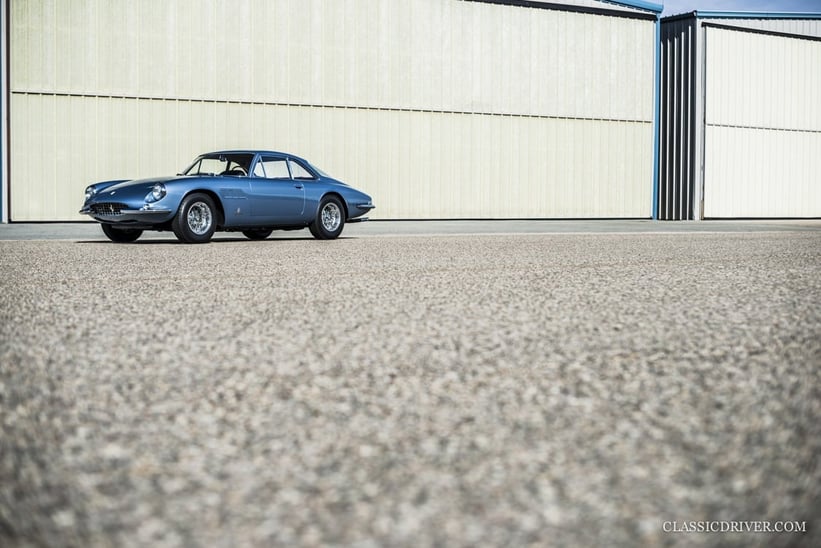

They trusted the effortless power of the 5.0-liter V12 to transport them around the Riviera or in Cortina d'Ampezzo, blissfully unaware of the supercar performance beneath the bonnet — its engine is truly something special. With six twin-choke Weber carburettors and two overhead camshafts, the 12-cylinder was developed by Aurelio Lampredi, and while not the exactly the same as the ‘long-block’ V12 in the 410 Superamerica, the Superfast’s engine had been tuned by none other than Gioacchino Colombo, who had also developed the V12 of the 250 and 330.
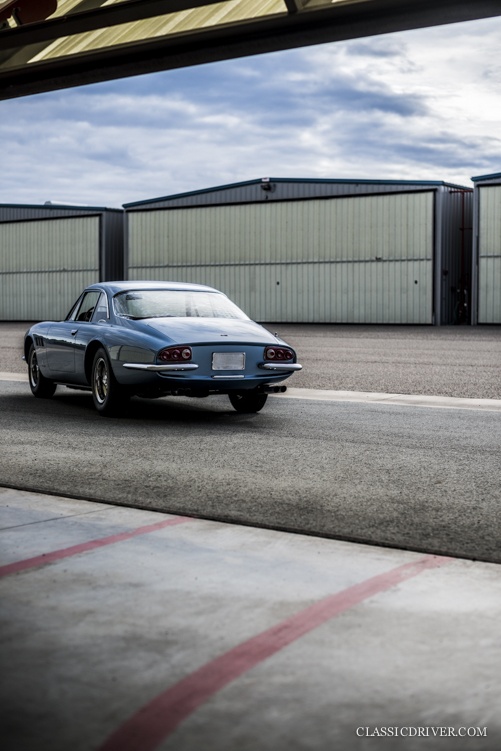
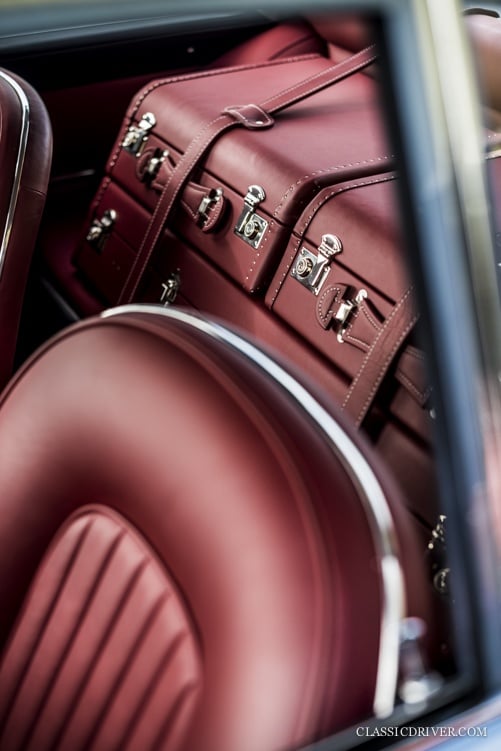
Ultimately, the 500 Superfast gave way to the production of the 365 California Spyder, which heralded the end of Ferrari’s drive to win over stateside enthusiasts with large and opulent sports cars (convertibles were a much safer bet). But the Superfast name was not banished to the annals of history forever — today, Ferrari’s flagship V12 Gran Turismo is called the 812 Superfast. As you’d imagine, it’s nowhere near as pretty at the 500…
A special note of thanks to the car’s owner, who kindly allowed our photographer Rémi Dargegen to shoot the car in Monterey, California.
Photos: Rémi Dargegen for Classic Driver © 2018


































